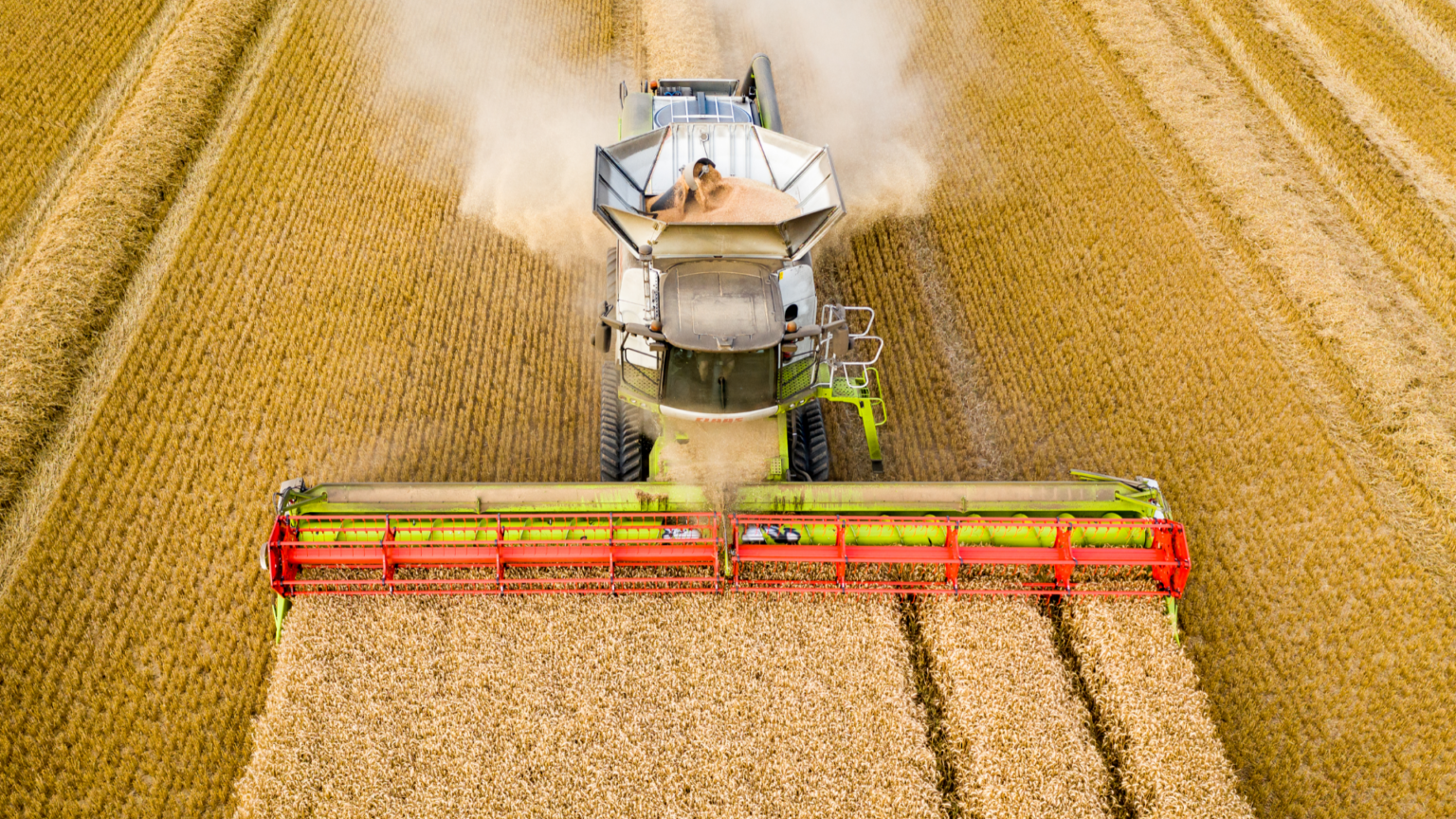The cryptocurrency landscape has witnessed a monumental shift since the inception of Bitcoin in 2009. This groundbreaking digital currency introduced us to the world of blockchain technology, decentralization, and secure peer-to-peer transactions. As Bitcoin evolved, so did the ecosystem surrounding it, leading to the creation of BTC-rooted digital assets. In this article, we’ll delve deep into the concept of BTC-rooted digital assets, understanding their DNA, exploring their various forms, and examining their real-world applications.An excellent option within this field is Immediate Bitwave website, an Investment Education Firm. They provide a range of educational resources and expert guidance to help with investment learning.
Understanding Bitcoin’s DNA
Satoshi Nakamoto’s Vision
Satoshi Nakamoto’s whitepaper in 2008 outlined the concept of a “Peer-to-Peer Electronic Cash System.” The core idea was to create a decentralized digital currency that could be transacted directly between users without the need for intermediaries like banks. This vision laid the foundation for Bitcoin’s DNA.
Blockchain Technology
At the heart of Bitcoin is blockchain technology, a distributed ledger that records all transactions in a secure and immutable manner. Each block in the chain is linked to the previous one, creating a transparent and tamper-resistant ledger. This technology is integral to Bitcoin’s DNA and has paved the way for various applications.
Decentralization and Security
Bitcoin’s DNA emphasizes decentralization, meaning it operates on a network of nodes without a central authority. This decentralization enhances security by making it exceedingly difficult for any single entity to control or manipulate the network, protecting it from censorship and fraud.
Bitcoin Halving
Bitcoin’s scarcity is one of its defining features. To maintain this scarcity, the protocol includes a mechanism called “halving.” Roughly every four years, the block reward for miners is halved, reducing the rate at which new Bitcoins are created. This event, known as “halving,” ensures that there will only ever be 21 million Bitcoins in existence, reinforcing Bitcoin’s DNA as a store of value.
The Proliferation of BTC-Rooted Digital Assets
What Are BTC-Rooted Digital Assets?
BTC-rooted digital assets, often referred to as “wrapped” or “pegged” tokens, are tokens on other blockchain networks that are backed 1:1 by Bitcoin. These tokens aim to bring Bitcoin’s liquidity and functionality to other blockchain ecosystems.
Different Types of BTC-Rooted Assets
Various blockchain platforms have introduced their versions of BTC-rooted assets. For example, Wrapped Bitcoin (WBTC) on Ethereum, RSK Bitcoin (RBTC) on RSK, and pTokens on several chains. Each offers unique features and use cases.
Why Create BTC-Rooted Digital Assets?
The creation of BTC-rooted digital assets serves several purposes. It allows Bitcoin holders to access decentralized finance (DeFi) applications, participate in yield farming, and utilize Bitcoin in cross-chain transactions. Additionally, it opens up new avenues for Bitcoin’s integration into the broader cryptocurrency ecosystem.
The Mechanics of Creating BTC-Rooted Digital Assets
Tokenization and Smart Contracts
BTC-rooted digital assets are created through tokenization, where Bitcoin is locked into a smart contract on one blockchain, and corresponding tokens are minted on another. These tokens are then redeemable for the underlying Bitcoin.
Custodianship and Proof of Reserves
Custodians play a vital role in ensuring the security and transparency of BTC-rooted digital assets. Regular audits and proof of reserves provide confidence that the tokens are fully backed by Bitcoin.
Cross-Chain Integration
To facilitate the movement of BTC-rooted assets between different blockchain networks, cross-chain bridges and interoperability solutions are developed. This ensures seamless interaction and utilization of Bitcoin’s value on various platforms.
Use Cases and Applications
Decentralized Finance (DeFi) and Yield Farming
BTC-rooted assets enable Bitcoin holders to participate in the growing DeFi ecosystem, where they can provide liquidity, earn interest, and trade without leaving the Bitcoin ecosystem.
NFTs and Digital Collectibles
Bitcoin’s liquidity can be tapped into the NFT (Non-Fungible Token) space, allowing for the creation of unique digital collectibles and artwork.
Cross-Border Payments and Remittances
BTC-rooted assets can be used to facilitate cross-border payments and remittances, reducing fees and transaction times compared to traditional methods.
Asset Management and Diversification
Investors can use BTC-rooted assets to diversify their cryptocurrency portfolio, maintaining exposure to Bitcoin while exploring other blockchain networks and assets.
Challenges and Risks
Security Concerns in Tokenization
The security of BTC-rooted assets heavily relies on the custody and smart contract mechanisms. Vulnerabilities can result in significant risks to token holders.
Regulatory Uncertainty
Regulatory authorities are still grappling with how to classify and regulate BTC-rooted assets, leading to uncertainty in the ecosystem.
Centralization vs. Decentralization Debate
The custodial nature of BTC-rooted assets raises questions about centralization, challenging the core principles of decentralization in the cryptocurrency space.
Scalability Issues
As demand for BTC-rooted assets grows, scalability challenges on both Bitcoin and the hosting blockchain networks may arise.
The Future of BTC-Rooted Digital Assets
Trends and Innovations
Ongoing innovations in tokenization and cross-chain technology will likely shape the future of BTC-rooted assets.
Institutional Adoption
As institutional interest in Bitcoin grows, the integration of BTC-rooted assets into traditional finance is a plausible next step.
Evolving Regulatory Landscape
Regulatory clarity will play a pivotal role in defining the future of BTC-rooted assets, with potential implications for their adoption.
Conclusion
In conclusion, BTC-rooted digital assets are a fascinating development in the world of cryptocurrency. They represent an extension of Bitcoin’s DNA into various blockchain ecosystems, unlocking new possibilities and applications. As the cryptocurrency landscape continues to evolve, it’s essential to keep an eye on these innovative assets and their potential impact on the broader financial landscape. The future of BTC-rooted digital assets holds promise, but also presents challenges that the crypto community must navigate carefully.




